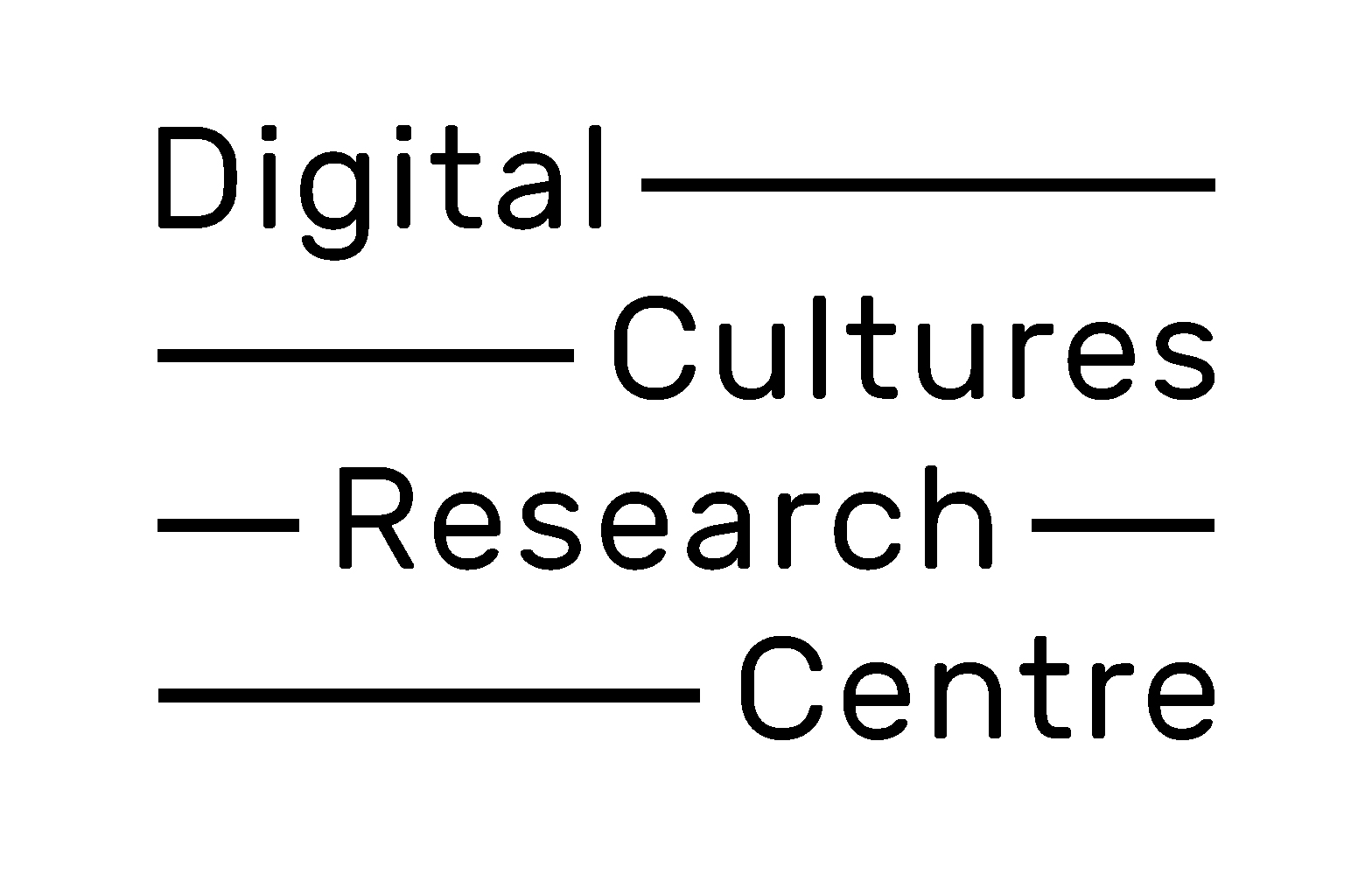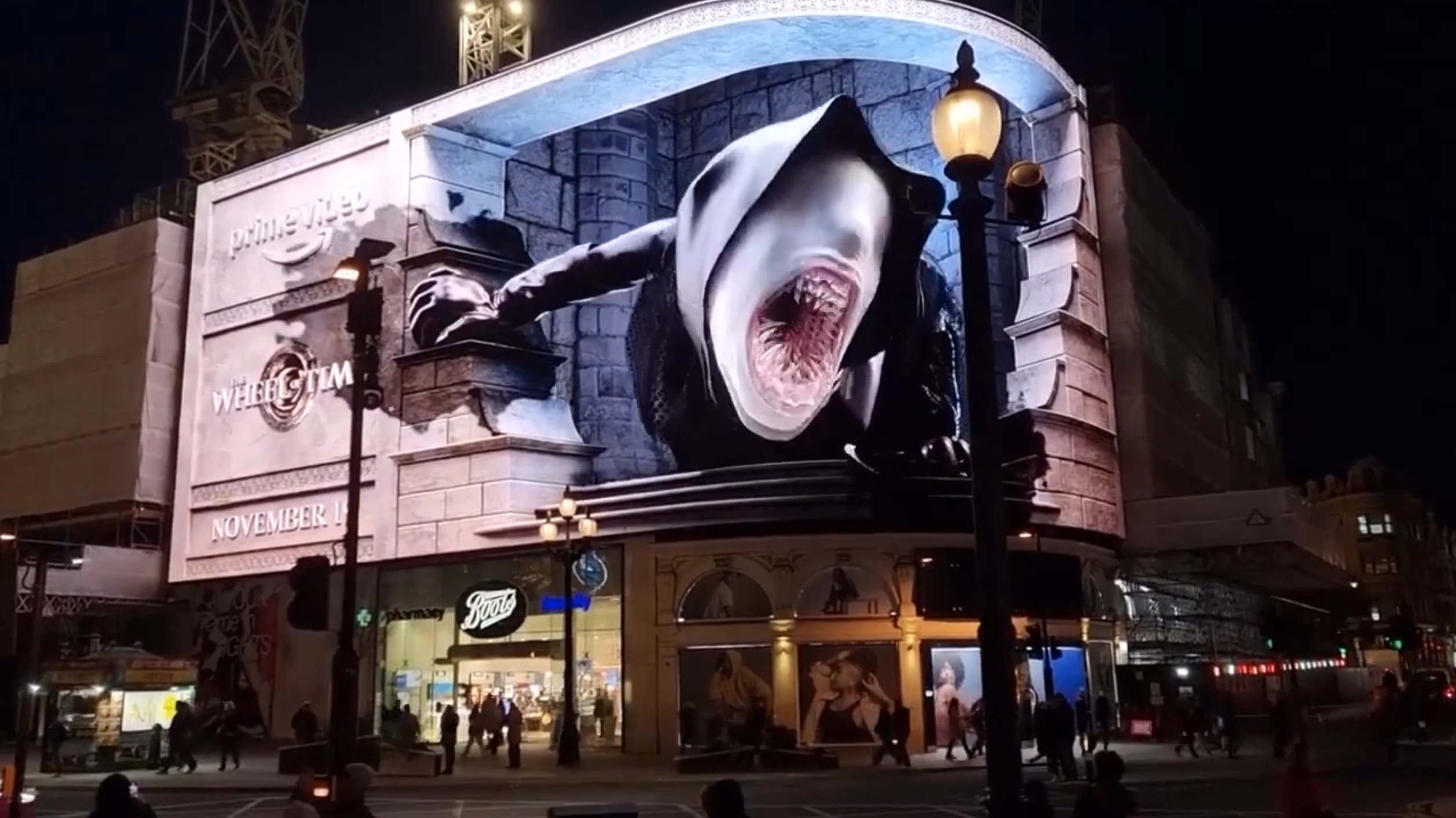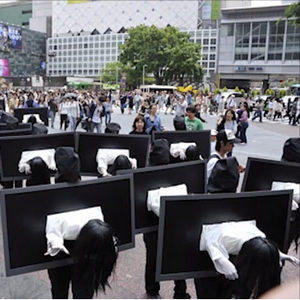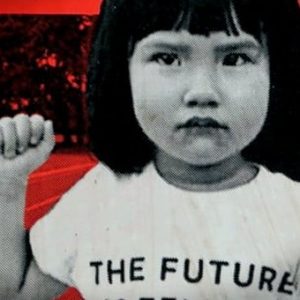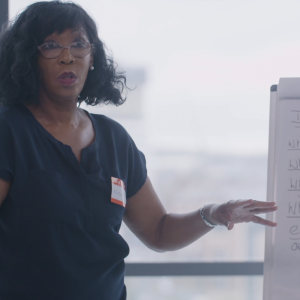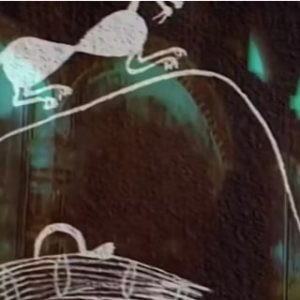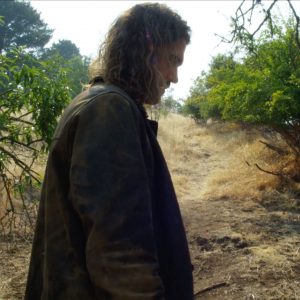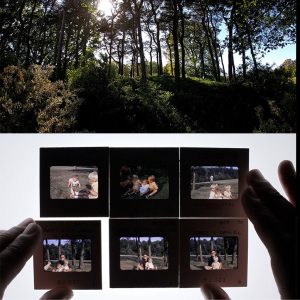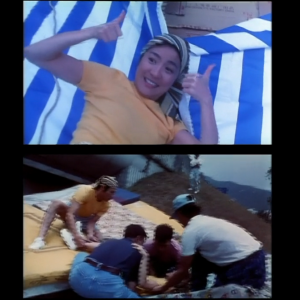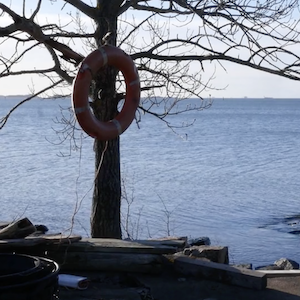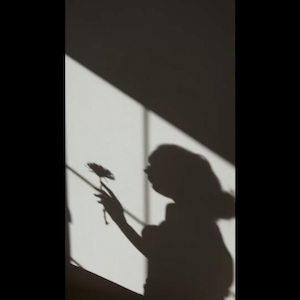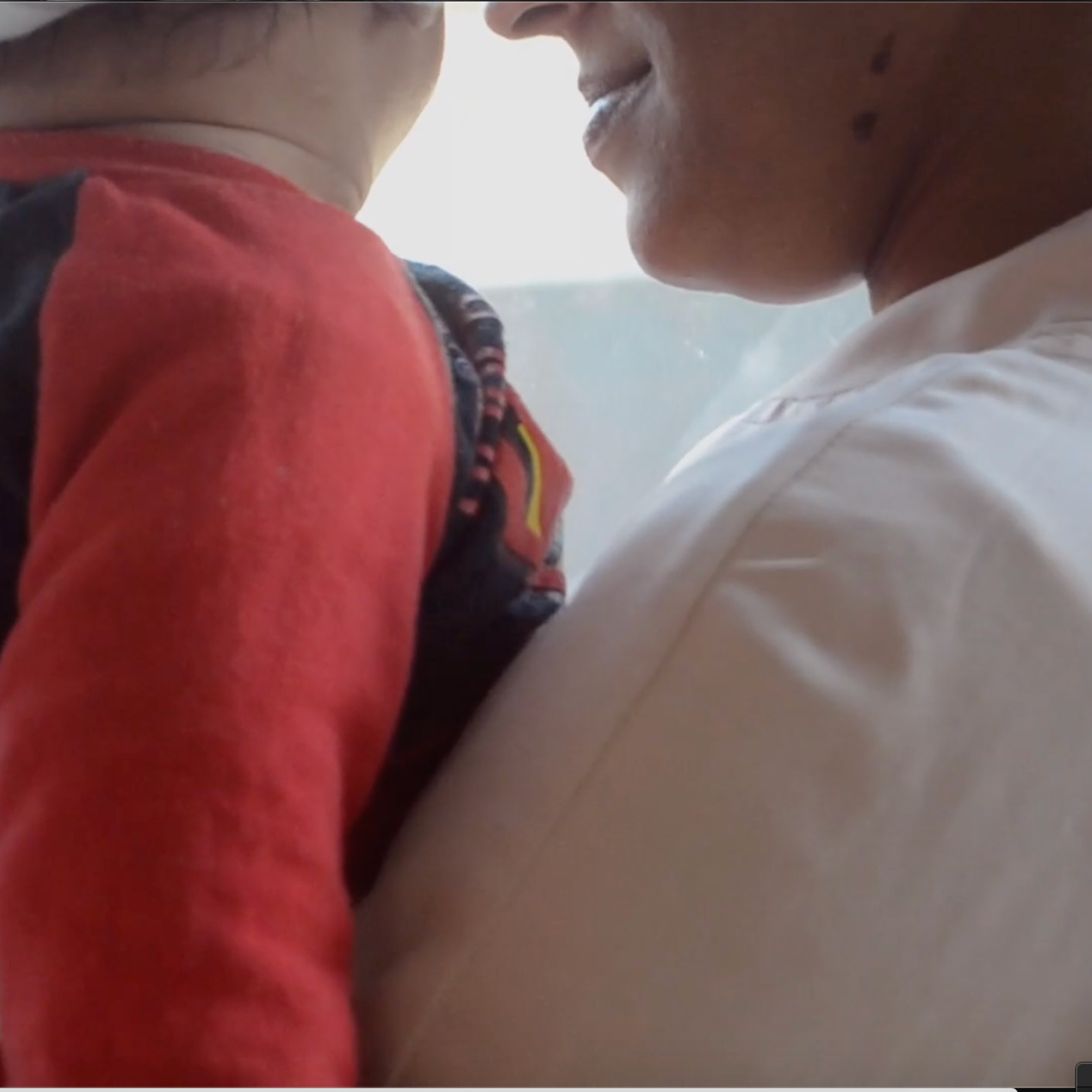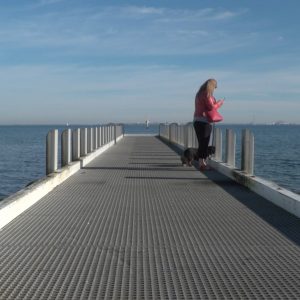Volume 13.1
ISSN 2514-3123
10.37186/swrks.13.1
Volume 13.1
We are delighted to publish the two final pieces in Volume 13.1. Jenna Ng and Oliver Tomkins’s video essay, The New Virtuality: A Video Essay on the Disappearing Differences Between Real and Unreal explores the implications of highly realistic images that appear, interact and socialise with human users, often seemingly “live” in real-time. Through readings of film and media theory, archival research, textual readings (across paintings, digital art, cinema, performance, VR, apps and architecture) and media archaeology, the essay argues for virtuality as a multi-paradoxical and discombobulating vacillation: believed yet disbelieved; manipulated yet recognisable; realistic yet fake. This renewed understanding of the virtual also signals the pliability of post-truth and its concomitant challenges to frameworks of disbelief, reliability and certainty. It constitutes the new battleground for understanding the politics of current and future realities and histories.
Jill Daniels’ oppositional essay film Resisters is a poetic and activist multi-faceted audiovisual text evoking the legacy of Rosa Luxemburg, the Marxist revolutionary figure who was assassinated in 1919. Set in Berlin, through a fragmentary narrative style and found footage, Daniels’ work is a call to the duty of remembering the historic figure of Luxemburg and her inspiring philosophical, political and activist engagement. Using hybrid cinematic strategies of critical realism and poetic re-imagining, the film aims to bring the force of memory and history into the present to encourage critical reflection and resistance.
Cecilia Stenbom and Ben Young’s Bad News is a short film developed as part of a wider creative practice research project that seeks to explore role-playing and simulation as an institutional and corporate training device, and how this might be utilised in fiction filmmaking. The film succeeds in capturing the banalities of corporate middle-management, nailing the awkwardness of delivering the bad news of the title in a “sacking scenario” role-play. This original experiment offers a new twist on improvisation, drawing on applied theatre techniques used in drama-based training to create an unscripted narrative short film that combines fiction and documentary, which is a pilot for a feature-length fiction film currently in development.
Ram Krishna Ranjan’s Where We Rats Lurk aims to foreground subaltern experiences of the Bengal Famine of 1943 via film practice, making a critical intervention in one of Mrinal Sen’s most important films on the famine, Akaler Sandhane (1981). Using the strategy of a film within a film, Akaler Sandhane deals with both the famine and an urban filmmaker’s efforts to make a film about the famine, using as their location a village that the famine had seriously affected. This video explores the question – what are the limits of self-reflexivity in Mrinal Sen’s Akaler Sandhane and can they be unsettled without undermining their critical potential in filmmaking practices? In the reworking-recreating of Akaler Sandhane, Ranjan appropriates the content, puts it in conversation with another work and experiments with the form to understand and unsettle ethical, definitional, methodological and aesthetic assumptions about reflexivity, auto-critique, subalternity and film practice.
This Magic Moment: the Aesthetics of Jean Epstein and Edgar Allan Poe, mobilises Jean Epstein’s 1928 filmic adaptation La Chute de la Maison Usher (1928) to articulate relationships between the cinematic philosophy of photogénie and the literary aesthetics of Edgar Allan Poe. James Thompson’s screenwork takes the form of a triptych; I Work for the Devil, Tonight You Belong to Me, and The Night-Side of Nature, approaches photogénie as a theory-in-action. It assumes an active participation in the spectator, and asks for an experiential, sensorial, openness-in-attitude. To embody and revitalise this theory, Thompson has embraced this openness-in-attitude in their process and creative work. The triptych does not constitute a direct remake, nor a treatment of the original source material. Instead, it is crafted from a series of vignettes and filmic experiments produced as a response to the various themes, ideas, tangents, and revelations discovered during the research process.
In Stephen Connolly’s Archive/ Album and Other Images the filmmaker creates an autoethnographic artist film that asks questions of the encounter with a family archive and its relation to the current time. In this film the relationship between the archive and the future (Derrida) and social construction of the photographic event inform an investigation of the intersection of biography and visualisation. Connolly, as a filmmaker, has been the ‘sleeping custodian’ of a collection of family images for the past decade. He explores these images, inviting an audience to consider how a private archive can be juxtaposed with public image.
Sarah Atkinson’s Double Takes: A Series of Short Video Essays comprises of ten (so far) video essays which individually and collectively examine the experiences of women film performers who have endured demanding directorial approaches where their safety has been endangered, and their wellbeing compromised. Taken from various examples throughout cinema history – from the 1930s to the present day – each essay has a similar structure: the scene in question is played in slow motion, accompanied by the audio or text taken from a subsequent media interview with the actress. Viewed separately, each essay functions as an individual vignette into a specific circumstance. Viewed in succession and cumulatively, they reveal a repetitious pattern of striking similarity which is both timely and important in the era of #MeToo.
Annette Arlander’s video Revisiting the Aspen Tree emerges from a four-year Academy of Finland funded research project titled How to Do Things with Performance (2016-2020). This work revisits locations on Harakka Island that featured in the author’s previous series of year-long performances for camera, filmed between 2002-2014. In the video and her accompany statement, Arlander frames her return to this series as an exploration of the ways that previous artistic practices and materials can be re-activated today. The work combines old and new, revisiting the sites, repeating parts of the performance and recording contemporary images of a familiar landscape. Arlander then inserts imagery from her previous multi-channel installation into the frame, eschewing the essentialism of a singular artwork to reflectively consider the way ideas, bodies, ecology, land, technology and exhibition context change over time.
Cristina Archetti’s video essay Deviations: Poetic Reflections on Method weaves the personal story of a researcher and human being with broader methodological and existential questions. In so doing, it highlights the role of the moving image as a means of engagement with non-academic audiences and as a tool for investigating the depth and complexity of lived experience in a world on the brink. Across five sections, the video essay traces the path from an initial concept and the courage of embarking on unknown enquiry to embracing a sense of transformation and realisation during the course of her research. Reflection and shadows, technology and nature, the human and the non-human are images that illustrate Archetti’s explorative argument and methodology in this poetic film.
In Moments in Pickwick: Opening a window into women’s lived experiences of transitional housing through participatory filmmaking Minna Sunikka-Blank, Janina Schupp and Matthew Flintham utilise participatory filmmaking to explore transitional housing in Pickwick, Cape Town. As they join five women inhabiting the space, they gain insights into their lived experience of the environment, revealing how the transitional housing environment affects their domestic routines and the impact of the women’s new-found access to energy. By employing creative, participatory filmmaking practice within the female-centred transitional housing unit, this film explores an alternative approach to energy and housing studies. The aim of the resulting film is to reveal insider narratives in contrast with top-down imaginations of inhabitation.
In Electronic Knowings, Christine Rogers and Catherine Gough-Brady, creative practice researchers and filmmakers, attempt to collaborate with each other through short essay films, and the theories of ethnographers and documentarians David and Judith MacDougall. Christine and Catherine use the writing and films of the MacDougalls as prompts to turn their attention to the processes of filming. Christine speaks to how holding the camera viewfinder to her face can manufacture belonging, and at other times, provide welcome distancing. Catherine explores observational filmmaking as a methodology that can be applied to other endeavours, for instance, academia. Alongside this, Catherine uses this film to explore how to create a visual dialogue (or collaboration) between filmic elements within the film. Because of their divergent responses the final works by Christine and Catherine become related rather than collaborative. They reveal that this may result from them both allowing research questions to arise as part of their independent creative processes, rather than being set at the outset.
This volume of Screenworks is a rolling publication. Each rolling volume runs from September to July, with the editorial team taking a well-deserved break in August. We are now excepting submissions for our next Volume 14.1 which opens in September. To submit work please read our Submissions Guidelines and use our Online Submission Form. If you are interested in submitting your practice and want further advice, then please contact us on [email protected] with “Submissions” in the subject line.
Contents
Author: Jenna Ng and Oliver Tomkins
Format: Video
Duration: 33′ 25″
Published: July 2023
A video essay offering a renewed understanding of the virtual which radically breaks down boundaries between virtual and actual realities, truth and fakery, real and unreal…
Author: Jill Daniels
Format: Oppositional Essay Film
Duration: 58′ 42″
Published: July 2023
A poetic and activist multi-faceted audiovisual text evoking the legacy of Rosa Luxemburg, the Marxist revolutionary figure who was assassinated in Berlin in 1919.
Author: Cecilia Stenbom (Lead author) and Ben Young (Co-author)
Format: Video
Duration: 13′
Published: June 2023
A short film which uses the staging and documentation of a fictional leadership training session as the basis of creating tension and narrative structure…
Author: Ram Krishna Ranjan
Format: Video
Duration: 10′ 43′
Published: June 2023
A critical intervention in Mrinal Sen’s film about famine, Akaler Sandhane, to understand and unsettle assumptions about reflexivity…
Author: James Thompson
Format: Video Art
Duration: 22′ 29′
Published: March 2023
An experiential and sensorial triptych designed to explore the cinematic philosophy of photogénie via Jean Epstein and Edgar Allen Poe…
Author: Stephen Connolly
Format: Short film
Duration: 36′
Published: February 2023
Archive/ Album and Other Images (2022 36’) is an autoethnographic artist film that asks of questions of the encounter with a family archive…
Author: Sarah Atkinson
Format: A Series of Short Video Essays
Duration: Various
Published: January 2023
A series of short video essays which examine contemporary and historical production practices which endanger the health and safety of female performers using videographic methods…
Author: Annette Arlander
Format: Video Art
Duration: 40′ 02″
Published: December 2022
This video is the last one in a series of revisits to the sites of Animal Years, a series of twelve year-long performances for camera video recorded on Harakka Island in 2002-2014, revisiting, recreating and reflecting on…
Author: Cristina Archetti
Format: Video Essay
Duration: 4′ 59″
Published: December 2022
This short essay film weaves the personal story of a researcher and human being with broader methodological and existential questions, exploring how the moving image can engage with non-academic audiences…
Author: Minna Sunikka-Blank, Janina Schupp and Matthew Flintham
Format: Short Film
Duration: 9′ 49″
Published: December 2022
In the inner city of Cape Town, five women have moved from informal settlements to transitional housing, from informal to formal. How has this change affected their everyday lives, domestic practices and aspirations?
Author: Christine Rogers and Catherine Gough-Brady
Format: Video
Duration: 09′ 17″ and 08′ 11″
Published: October 2022
Two creative practice researchers engage the writing and ethnography of David and Judith MacDougall to unpack their own filmmaking practice and process of collaboration…
This volume is supported by the Moving Image Research Group and the Digital Cultures Research Centre at the University of the West of England, UWE Bristol.

